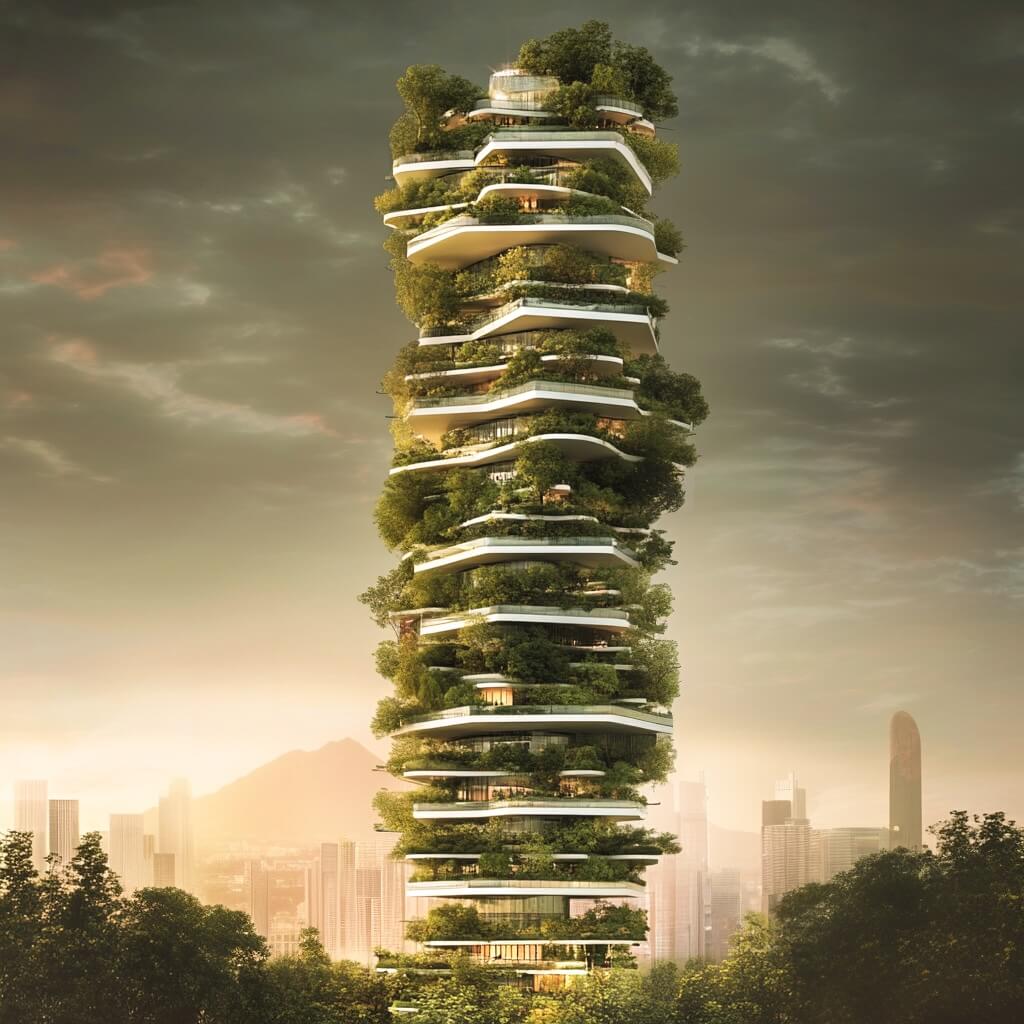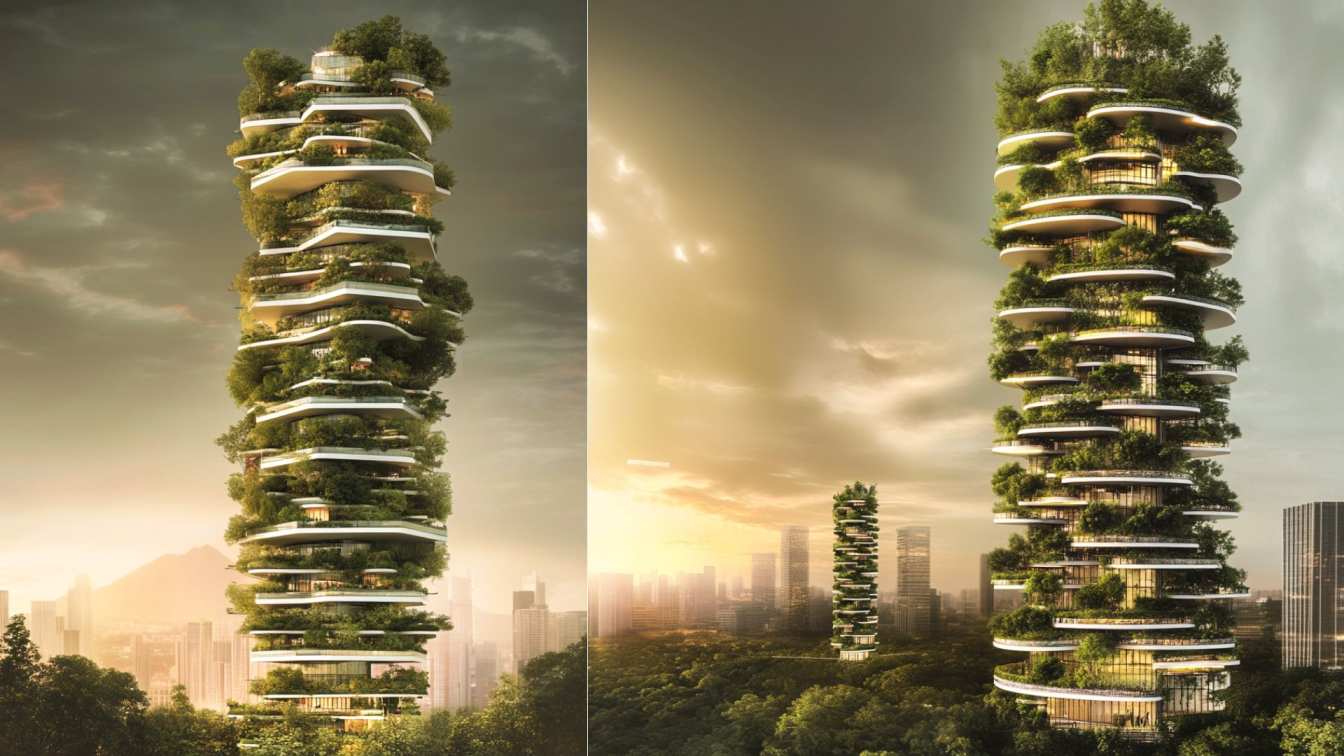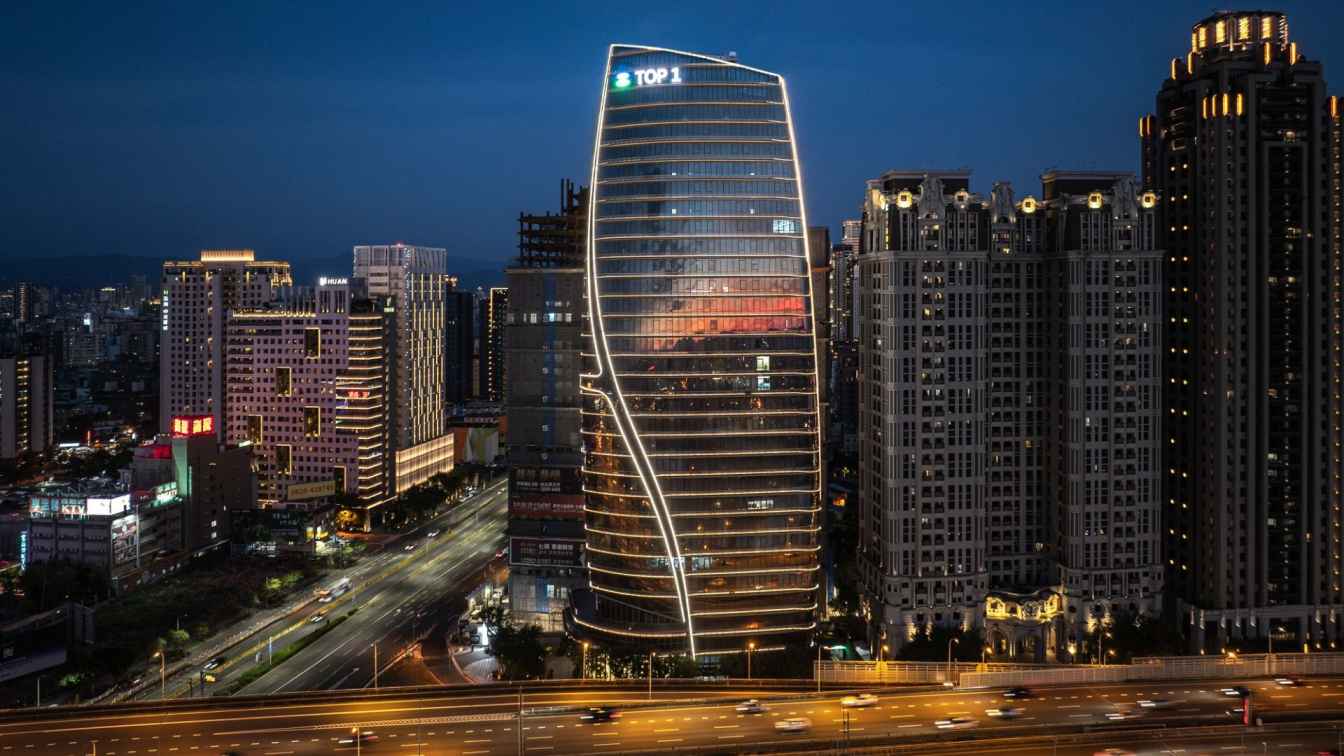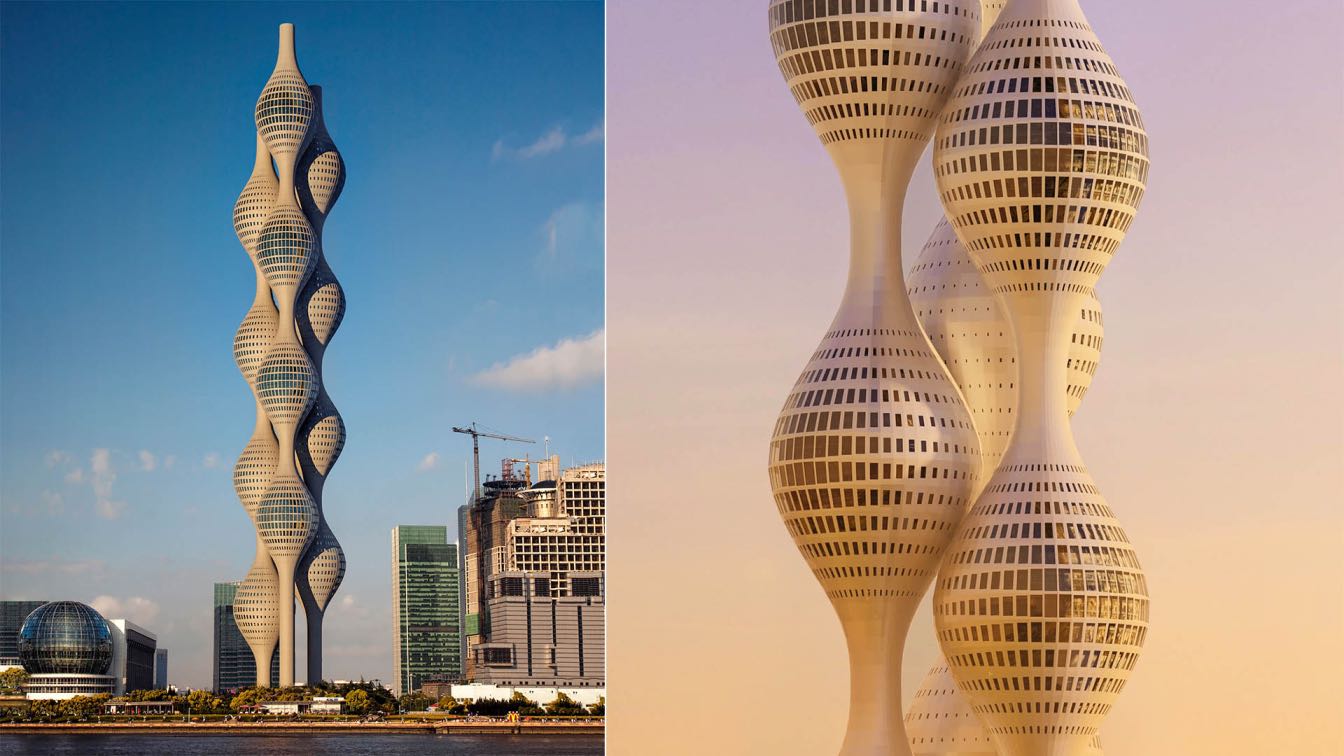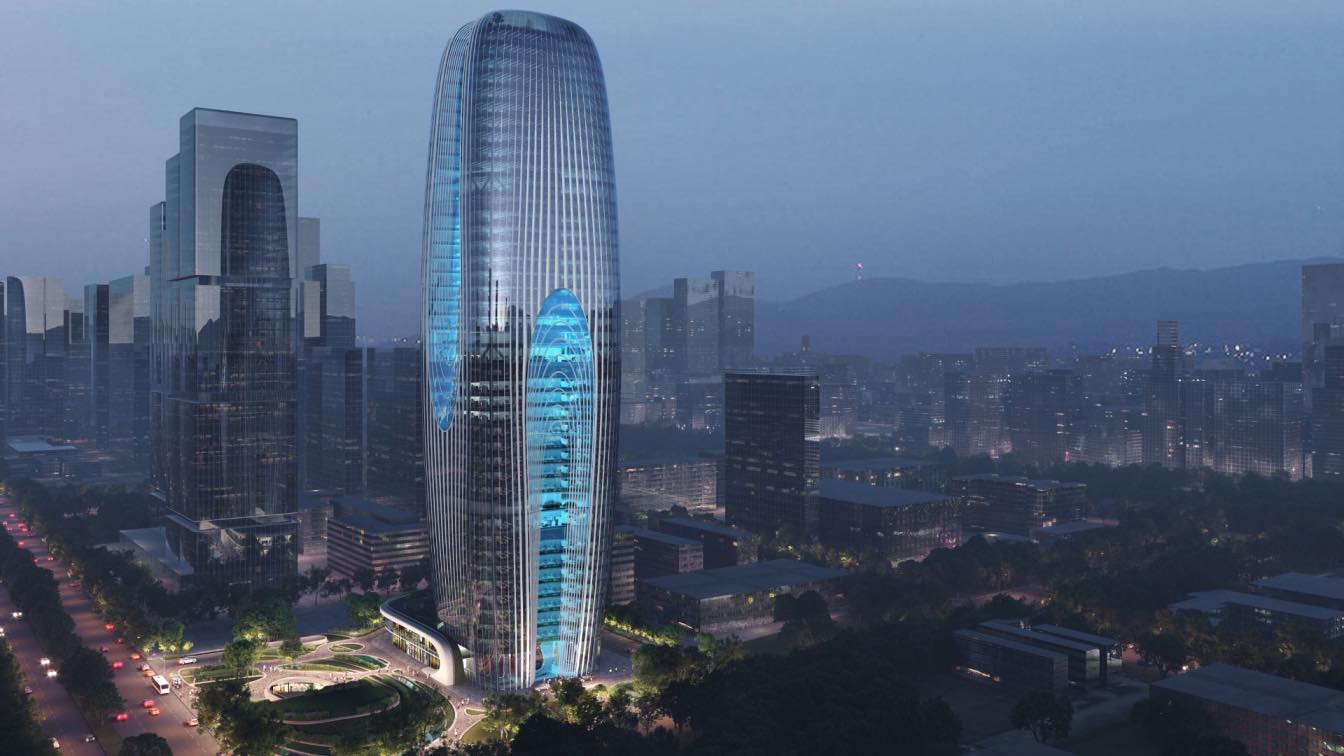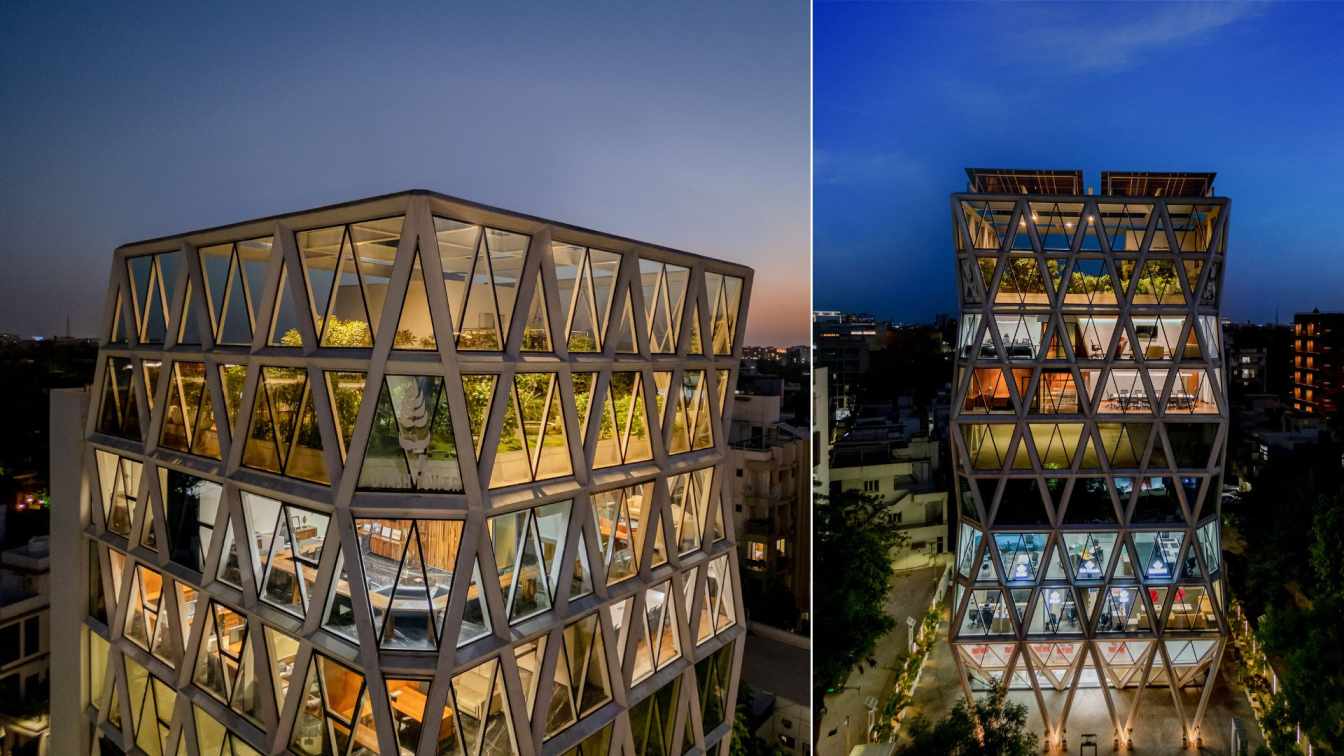Rezvan Yarhaghi: Inspired by nature and technological advancements, the design of future skyscrapers aims to create spaces that are both sustainable and self-sufficient. The concept of a vertical forest skyscraper, fully integrated with cutting-edge technologies and sustainable architecture, represents a forward-thinking approach to urban living. These buildings, positioned within dense, bustling cities, serve as beacons for green living and smart technologies.
In this design, renewable energy solutions such as solar panels and wind turbines are seamlessly incorporated into the structure. Vertical gardens, rooftop greenery, and living facades not only provide aesthetic appeal but also actively contribute to reducing urban heat island effects, improving air quality, and promoting biodiversity. These green spaces within the urban environment create a harmonious balance, fostering a deeper connection between humans and nature.
Furthermore, the building is equipped with intelligent systems powered by AI, optimizing energy consumption, waste management, and air quality in real time. The integration of smart technologies allows residents to live more sustainably, with energy-efficient lighting, climate control, and resource management systems that adapt to their daily needs. The building’s AI systems also contribute to personal well-being by offering automated health and wellness features, such as air purification and optimized lighting for mental and physical health.
The goal of this groundbreaking design is not only to provide a sustainable living environment but also to foster a lifestyle where humans, nature, and technology coexist in perfect harmony. These futuristic skyscrapers aim to enhance the quality of life for urban residents by offering self-sufficient, eco-friendly living spaces. They represent a vision of a sustainable future, where cities evolve to become more resilient, green, and intelligent, contributing to the well-being of both their inhabitants and the planet.
